Last week I questioned the wisdom of masking pain, asking if I might be missing a diagnosis by taking my Pain Relief Complex. Following up with you after 72 hours of no herbal pain tablets, I can tell you that taking them alleviated discomfort. Not taking them left me with the discomfort of aching hip joints, sore knee and ankle. The numbness in my right leg came and went, mostly went. I experienced a tough workout at the hands of JR at the Xgym, walked four miles up and down the hills of West Seattle, sat at the computer, drove the car, and attended meetings all without debilitating pain. I was happy at the end of the experiment to take a Pain Relief Complex before going to bed to insure a pain-free sleep.
I visited my chiropractor, David Kirdahy, during this hiatus. He found the usual pelvis miss-alignment, clicking and prodding everything back in place. He wondered if I might have a neuropathy in the right leg and foot. I was not able to give him specific cues as to the center of the numbness. It is hard to help with pain management when I can’t identify exactly where the pain is.
In answer to the questions, is there anything you can’t do because of numbness or pain? I had to answer, no.
I am left with the annoying unanswered question, in spite of advice from a neurologist and a nurse who read my blog post, if my activities are not impaired, why seek further diagnosis? I did that already in May of last year and have the report from the sports medicine doctor at the Polyclinic. Clearly, taking Pain Relief Complex is not covering up a condition that may need attention. I seem to be able to handle my pain management with all the measures I already use.
I wanted to show you a schematic of the COX 1 and COX2 pathways, but the pictures and science is too complicated for me to introduce here. I don’t understand it well enough to comment scientifically. I do remember the schematic the Shaklee scientist used to describe how Pain Relief Complex works. You can explore this for yourself if you are interested.
My intention here is to look at the more typical medications prescribed and over the counter that people use for pain management. The wisdom in the alternative world is that pain medication masks conditions and that pain is an indicator of something that needs medical attention. I agree with that, hence my experiment. What I have been taking for pain did alleviate discomfort. Stopping it did not reveal a condition that seems to require immediate attention.
Type of pain
Every one experiences pain differently. Some of us push through. Others of us want to eliminate the slightest hint of discomfort. Pain is a communicator from the body to us, telling us something is amiss. Pain management is different for each of us. If it weren’t for pain, we wouldn’t know to take our finger off the hot stove, or to rest with our foot elevated after spraining an ankle.
Pain can be categorized. Acute pain typically comes on suddenly and has a limited duration. It’s frequently caused by damage to tissue such as bone, muscle, or organs, and the onset is often accompanied by anxiety or emotional distress.
Chronic pain lasts longer than acute pain and is generally somewhat resistant to medical treatment. It’s usually associated with a long-term illness, such as osteoarthritis. In some cases, such as with fibromyalgia, it’s one of the defining characteristic of the disease. Chronic pain can be the result of damaged tissue, but very often is attributable to nerve damage. See WebMD. A third type of pain is psychogenic, the emotional side of physical pain.
The WebMD article classifies pain in a couple other ways: tissue damage or nerve damage; type of tissue or part of the body affected such as back pain or chest pain, muscle or joint pain.
Drug Therapy most often prescribed for acute or chronic pain
Milder forms of pain may be relieved by over-the-counter medications such as Tylenol (acetaminophen) or nonsteroidal anti-inflammatory drugs (NSAIDs) such as aspirin, ibuprofen, and naproxen. Both acetaminophen and NSAIDs relieve pain caused by muscle aches and stiffness, and reduce inflammation (swelling and irritation). Topical pain relievers are also available, such as creams, lotions, or sprays that are applied to the skin in order to relieve pain and inflammation from sore muscles and arthritis.
If over-the-counter drugs do not provide relief, your doctor may prescribe stronger medications, such as muscle relaxants, anti-anxiety drugs (such as diazepam), antidepressants (like Cymbalta for musculoskeletal pain), prescription NSAIDs such as Celebrex, or a short course of stronger painkillers (such as codeine, Fentanyl, Percocet, or Vicodin). A limited number of steroid injections at the site of a joint problem can reduce swelling and inflammation.
In April 2005, the FDA asked that Celebrex, an anti-inflammatory drug, carry new warnings about the potential risk of heart attacks and strokes, as well as potential stomach ulcer bleeding risks. At the same time, the FDA asked that over-the-counter anti-inflammatory drugs — except for aspirin – revise their labels to include information about potential stomach ulcer bleeding risks. [WebMD article on pain management]
A couple hundred milligrams of aspirin, or other NSAIDS, Tylenol or other acetaminophens for a short period of time, say 48 hours, is fairly safe. However, one of the most well known risks of painkillers is liver damage from acetaminophen. “Although [acetaminophen] has been used for years and overall is extremely safe, liver toxicity can occur with use of more than 4,000 milligrams in a day,” says Dr. Glaser. “This would be eight 500-milligram pills, which is the dosage of extra-strength Tylenol. Liver damage or failure may also occur at lower doses in those who drink alcohol regularly or who have pre-existing liver disease, such as hepatitis C.”
Because acetaminophen is often incorporated into other drugs, you may not be aware of exactly how much you’re taking, which further compounds your risk. “It’s also included in multiple other remedies for colds or sinus symptoms and is commonly paired with other stronger painkillers in medications such as Vicodin and Percocet,” says Glaser. “If an individual is not aware of this fact, he may unintentionally expose himself to amounts of acetaminophen in the danger zone.”
NSAIDs and Ulcers
Taking ibuprofen and naproxen doesn’t pose as great a risk to liver function as acetaminophen. However, some damage to the stomach lining is a possibility, which can lead to blood loss from the irritated area, stomach pains (gastritis), and even ulcers. This is also true of aspirin, which is related to NSAIDs and has many of the same properties. And if you use aspirin along with ibuprofen or naproxen, the risk to your stomach is even greater.
“Any of these pain drugs alone can cause ulcers, and using them together only increases the risk,” says Glaser. “All three of these medications reduce pain through their effects on the prostaglandin pathways.” Unfortunately, those same effects are what lead to an increased risk of gastritis and ulcer formation.
The prostaglandin pathways carry the pain signal to the brain. What these drugs are doing is interrupting the COX 2 pain pathway. Unfortunately these drugs also affected the COX 1 pathway, which resulted in stomach bleeding. Celebrex was the miracle when it came out because it did not cause damage to the stomach. Unfortunately for patients and for the drug company, Celebrex was implicated in heart attacks. [for further understanding of COX 1 and COX 2, go here.]
NSAIDs and Kidney Function
Though it’s rare, some people could risk kidney problems from using ibuprofen or naproxen. “A less common but severe complication related to these medications is kidney failure, which occurs more commonly in patients who have co-existing risk factors, such as diabetes or high blood pressure,” Glaser says.
Addiction
Some painkillers prescribed by doctors can become addicting, in particular Vicodin and Percocet which contain opiates. You can explore the internet to discover how high the abuse of these drugs has become, especially among high school students seeking to numb psychological suffering. If you have unused painkillers in your medicine chest, left over after surgery, get rid of them, especially if there are teenagers in your world.
But I digress, showing my bias against the use of medications. My original blog post tells my anti-drug bias.
There are many other options. My blog posts are full of them. I am particularly unwilling to take NSAIDS given the fact that I had Hepatitis C as a young adult, communicated by a dirty needle in the hospital when I was having a D&C after a miscarriage. In and of themselves, these drugs can be helpful. It is when they are used frequently and without regard for other conditions, such as high blood pressure, stomach issues, high consumption of alcohol. It can become a stew of interacting foreign substances.
Personally, I have found that the herbal Pain Relieve Complex does a pretty good job of keeping me pain free, along with chiropractic, Feldenkrais, frequent long walks, yoga, massage, Pilates moves and strength building training sessions at the Xgym. My trainers constantly check for good posture and make sure I avoid putting stress on joints that are compromised by osteoarthritis. Pain Relieve Complex is a COX 2 inhibitor. The Shaklee scientists found plant compounds that interrupt the pain path without any damage to the stomach or heart. I plan to keep doing what I am doing until break-through pain or severe numbness stop me in my tracks. Then I will check in with the sports doc for a new MRI. I am convinced I am not increasing my risk by waiting.
To understand how Pain Relief Complex works, click here. To order some from my personal Shaklee web site, click here.
I welcome your comments. It takes a village.
Be well, Do well and Keep moving,
Betsy
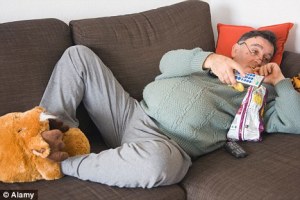
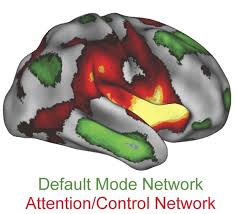 People with Alzheimer’s disease tend to have less activity in this network and they tend to have less connectivity, Voss said. Low connectivity means that the different parts of the circuit are not operating in sync. Like poorly trained athletes on a rowing team, the brain regions that make up the circuit lack coordination and so do not function at optimal efficiency or speed.
People with Alzheimer’s disease tend to have less activity in this network and they tend to have less connectivity, Voss said. Low connectivity means that the different parts of the circuit are not operating in sync. Like poorly trained athletes on a rowing team, the brain regions that make up the circuit lack coordination and so do not function at optimal efficiency or speed.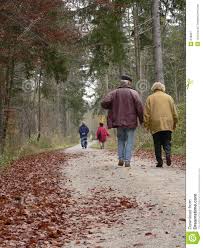
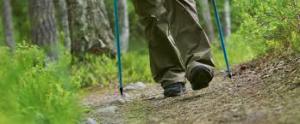

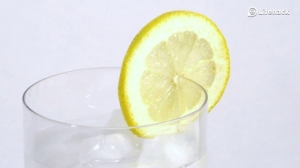
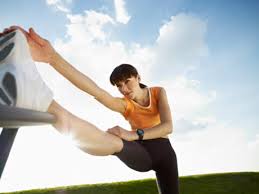
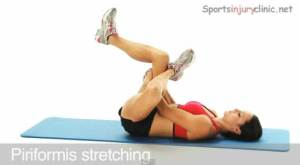
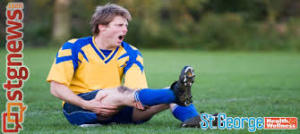
 I am in the middle of what they call splits: controlled small movements monitored for form, lasting until the muscles in use fatigue completely, about 4 1/2 minutes. Efficient and not damaging to joints. Can you see that it’s 25 lbs in each hand?
I am in the middle of what they call splits: controlled small movements monitored for form, lasting until the muscles in use fatigue completely, about 4 1/2 minutes. Efficient and not damaging to joints. Can you see that it’s 25 lbs in each hand?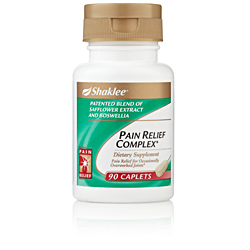
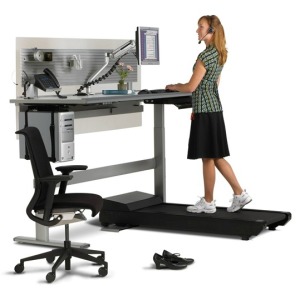
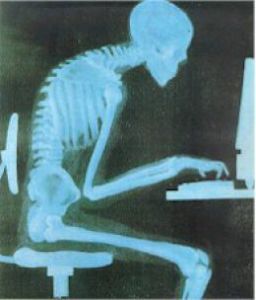
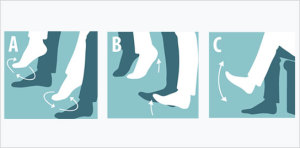
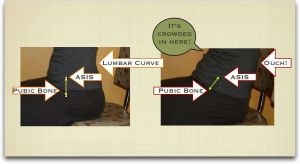

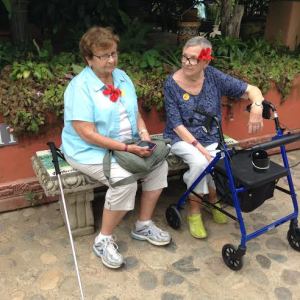

![CAM02072[1]](http://www.grandmabetsybell.com/wp-content/uploads/2014/12/CAM020721-222x300.jpg)
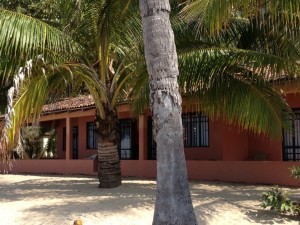
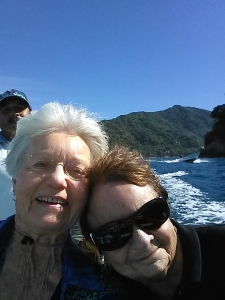
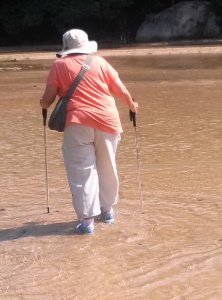
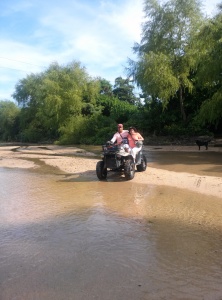




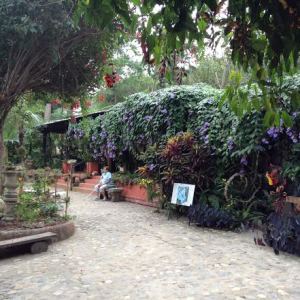
![CAM02086[1]](http://www.grandmabetsybell.com/wp-content/uploads/2014/12/CAM020861-222x300.jpg)